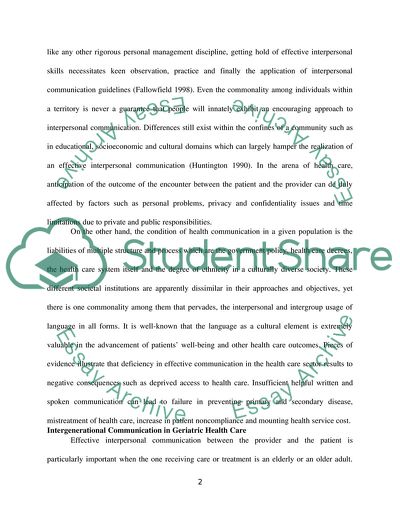Cite this document
(Intergenerational Communication Coursework Example | Topics and Well Written Essays - 2750 words, n.d.)
Intergenerational Communication Coursework Example | Topics and Well Written Essays - 2750 words. https://studentshare.org/culture/1715372-intergenerational-communication
Intergenerational Communication Coursework Example | Topics and Well Written Essays - 2750 words. https://studentshare.org/culture/1715372-intergenerational-communication
(Intergenerational Communication Coursework Example | Topics and Well Written Essays - 2750 Words)
Intergenerational Communication Coursework Example | Topics and Well Written Essays - 2750 Words. https://studentshare.org/culture/1715372-intergenerational-communication.
Intergenerational Communication Coursework Example | Topics and Well Written Essays - 2750 Words. https://studentshare.org/culture/1715372-intergenerational-communication.
“Intergenerational Communication Coursework Example | Topics and Well Written Essays - 2750 Words”. https://studentshare.org/culture/1715372-intergenerational-communication.


